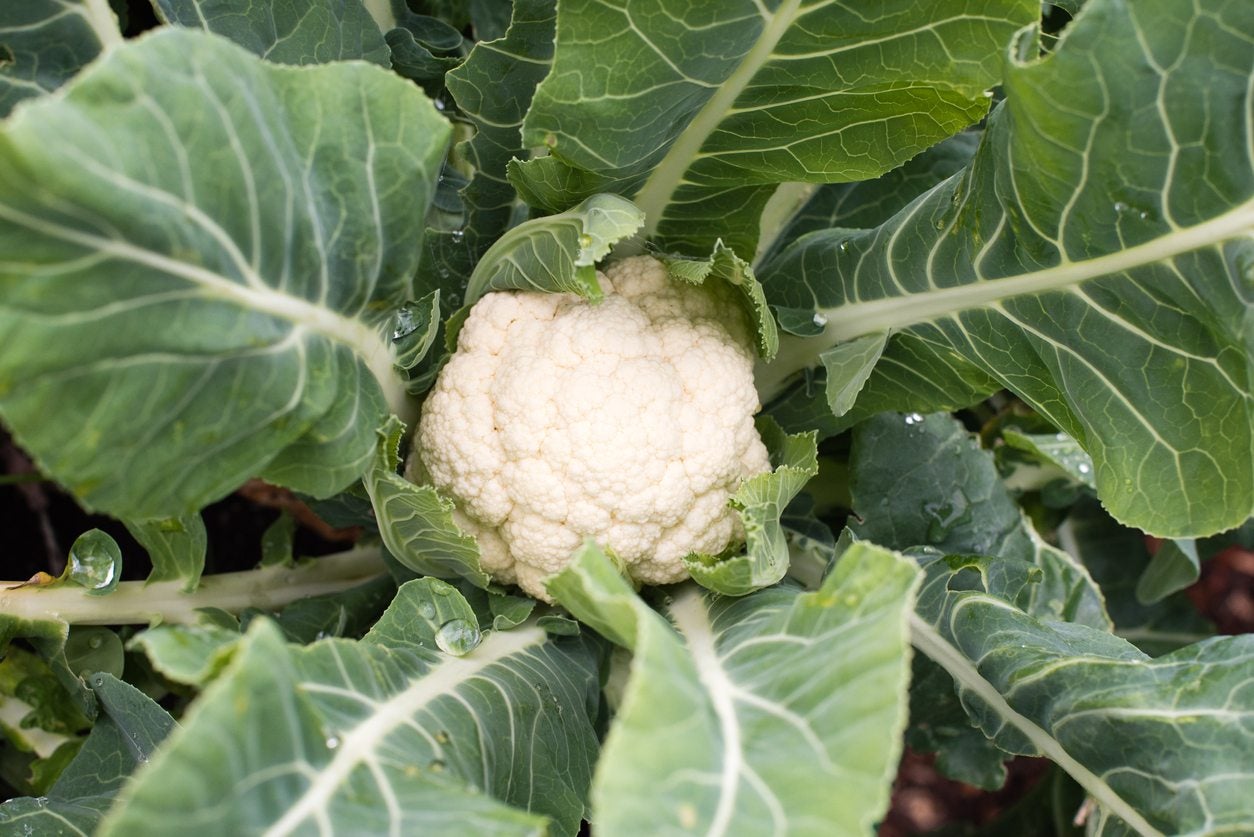Cauliflower Protection In Gardens – Cauliflower Pest Protection And More


Growing cauliflower is not for the faint of heart. The plant is testy and sensitive to heat, frost, and pests. If you want to grow it, protecting cauliflower plants is essential to your success. Keep reading to learn more about how to protect cauliflower plants, including cauliflower frost protection, sun protection, and pest protection.
Cauliflower Protection in Gardens
Cauliflower is cold hardy, but it’s not invincible, especially when it’s young and tender, so some cauliflower frost protection is necessary in the spring. Start your cauliflower seeds indoors and transplant them outside around the time of the average last frost. If a later frost is likely, protect your young plants with row covers. Likewise, cauliflower has just as hard a time with hot weather. If grown too late into the summer, the plants are likely to get leggy and bolt. Protect them by starting them early enough in the spring or close enough to autumn that they avoid the hottest days. No matter when you grow them, you’ll want to protect your cauliflower heads from the rays of the sun. Once the white head is 2 to 3 inches (5-8 cm.) across, tie the leaves of the plant together so they shelter it. This is called blanching.
Cauliflower Pest Protection
One of the most important aspects of cauliflower protection in gardens is cauliflower pest protection. Cauliflower can fall victim to a host of insect pests that include:
Again, as with cauliflower frost protection, row covers will help protect young plants from common pests like cabbage worms, root maggots, and flea beetles. Cabbage worms can also be picked off by hand, and aphids can be sprayed off with a stream of water followed by neem oil. Slugs and snails can be killed with bait. Protecting cauliflower plants from pests is important-- you’re very likely to get them, and they can wipe out a crop if you’re not careful.
Sign up for the Gardening Know How newsletter today and receive a free copy of our e-book "How to Grow Delicious Tomatoes".

The only child of a horticulturist and an English teacher, Liz Baessler was destined to become a gardening editor. She has been with Gardening Know how since 2015, and a Senior Editor since 2020. She holds a BA in English from Brandeis University and an MA in English from the University of Geneva, Switzerland. After years of gardening in containers and community garden plots, she finally has a backyard of her own, which she is systematically filling with vegetables and flowers.